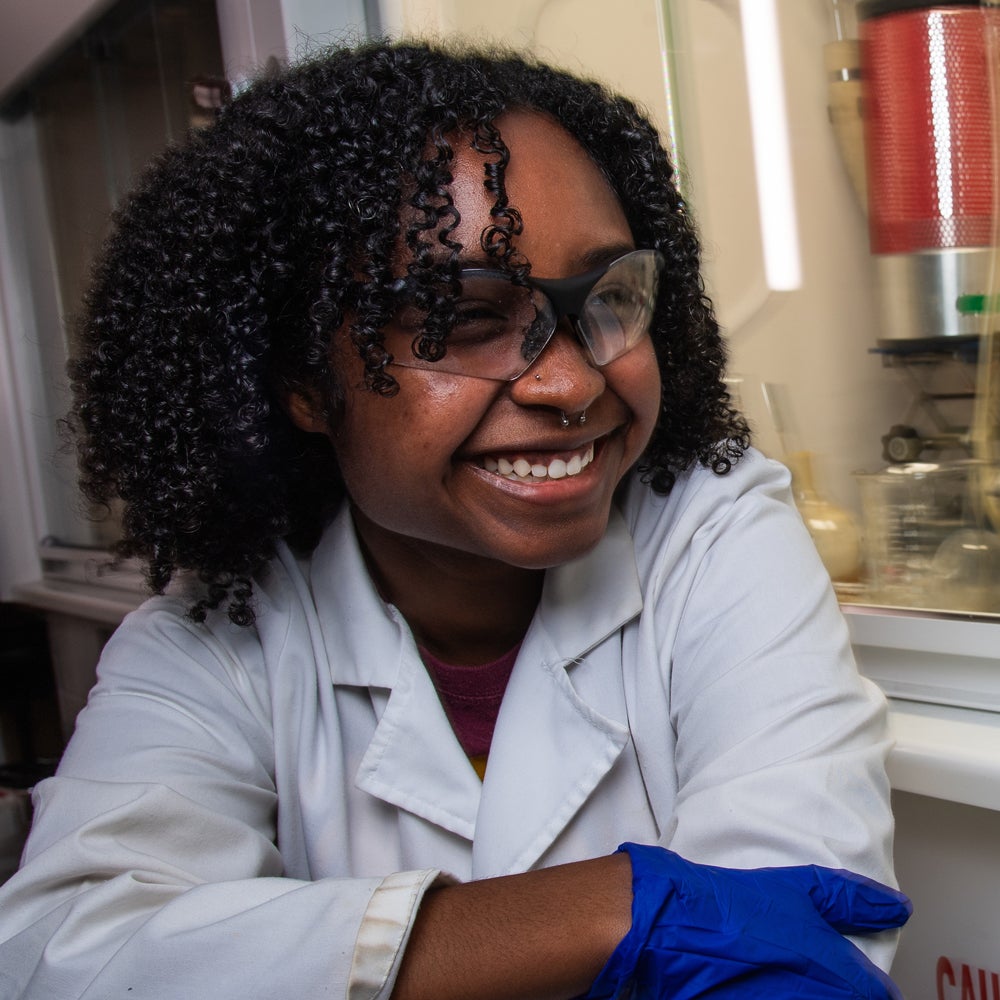
Before beginning graduate school at Rice University, Lul Sharif hadn’t even heard of PFAS — the class of persistent pollutants now at the center of her research. But when she learned about the harmful environmental and health effects of these “forever chemicals,” something clicked.
“I consider myself a scientist, but I see science through an environmental and social justice lens,” Sharif said. “PFAS disproportionately affects communities like mine in Minnesota, where companies like 3M dump a lot of PFAS waste into the ground. I wanted to do something about it.”
PFAS, or per- and polyfluoroalkyl substances, are a widely used class of synthetic compounds found in everything from nonstick cookware to cosmetics. But they didn’t earn the moniker “forever chemicals” for nothing. PFAS don’t break down naturally in the environment, and their accumulation in drinking water has been linked to a vast array of health issues and has become a growing concern.
Now a third-year graduate student in Raúl Hernández Sánchez’s research group, Sharif is developing polymers that can help remove PFAS from drinking water. Her research focuses on a basket-shaped molecular cage with positively charged hydrogen atoms that attract the negatively charged PFAS head group. “These cages have fluorine atoms that pull electron density away, making the hydrogen atoms extremely electropositive,” she explained. “That enhances their ability to bind PFAS through electrostatic interactions.”

When these cages are linked together into a highly cross-linked polymer, the material becomes even more effective. “The polymer helps with dispersion in water, which increases PFAS access and improves removal,” she said.

To further increase efficiency, Sharif is also experimenting with modifying the chemical “tail” of the molecule to make it more hydrophilic, which would help it disperse better in water, and adding new functional groups that could further strengthen PFAS binding.
What sets Sharif’s project apart is its focus on “environmentally relevant” concentrations. Rather than testing removal at high PFAS levels that are rarely seen in drinking water, as many other projects do, she’s working at the parts-per-trillion scale — exactly the levels the EPA has set as safe. “There’s a big difference between removing PFAS from a waste stream and removing it from your tap,” Sharif explained. “We want our material to work where it matters most.”
Early experimental results are promising. In some cases, the polymer removes PFAS down to safe levels in under an hour. While there’s still work to do on improving reusability and optimizing performance, Sharif is excited about the material’s potential applications in filtration membranes for household water systems. “This isn’t just a theoretical project,” she said, “It’s something that could make a tangible difference.”
— by Niamh Ordner ’26

